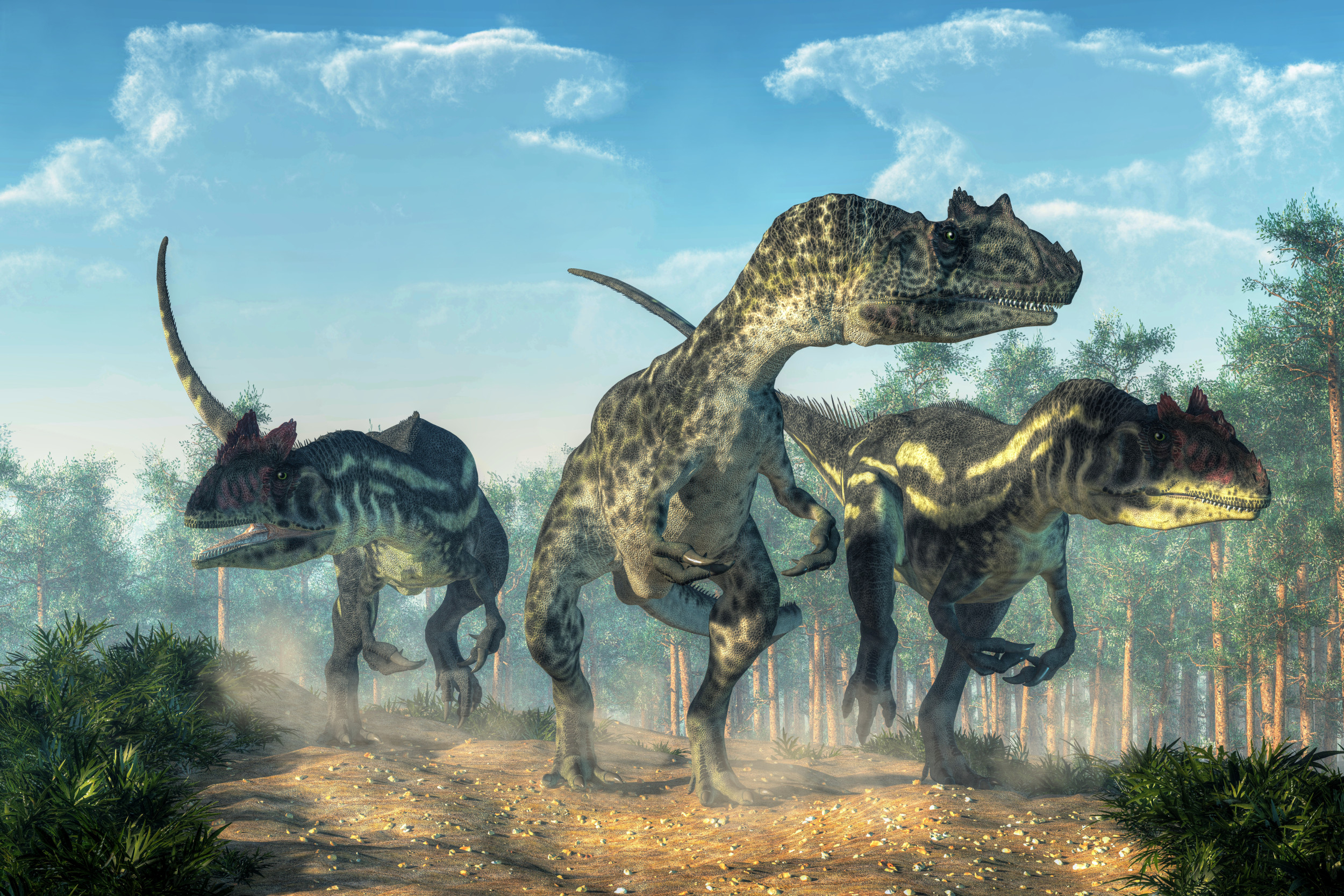The world’s largest-known dinosaur mating display area may have been found hiding in plain site at Colorado’s Dinosaur Ridge site.Once a tidal flat, this region would have been periodically flooded millions of years ago.Past studies had already identified a few “lekking” spots here鈥攁reas where dinosaurs are thought to have performed elaborate courtship displays, similar to those seen in modern birds like sage grouse or manakins.However, high-resolution drone imagery captured by the U.S. Geological Survey in 2019 and 2024 allowed researchers to re-analyze a little-studied area at the ridge’s base.They found something far more significant than seen before: a sprawling area covered in dozens of scrape marks, suggesting the entire site may have once been a massive dinosaur lek鈥攅ssentially a prehistoric mating dance floor.Dinosaur Courtship, Written in StoneThe tracks identified belong to a type of fossil trace known as Ostendichnus, created by bipedal, non-avian theropod dinosaurs roughly 100 million years ago during the Cretaceous period.These dinosaurs鈥攍ikely between 2.5 and 5 meters long鈥攄ug into the sand with their claws, dragging and kicking to leave long, trough-like or bowl-shaped marks.These markings came in different shapes鈥攕ome long and narrow, others more circular or bowl-shaped鈥攕uggesting a mix of behaviors: not just dancing, but also potentially nest-building or testing the ground for suitable nesting sites.Some patterns even appear to show “dragging” or “claw raking” styles, adding to the evidence that different dinosaur species or individuals may have returned seasonally to display in their own unique ways.No Footsteps Allowed鈥擡ven for ScientistsDinosaur Ridge is protected, so scientists can’t walk directly on the delicate rock surfaces. That’s where the drone technology came in.Aerial views provided detailed, non-invasive data that allowed researchers to study the scrapes’ orientation, depth and patterns without physically stepping on them.From this, the researchers were able to determine which way dinosaurs were facing when they left the traces in the ground.A Prehistoric Social SceneResearchers compared the Dinosaur Ridge findings with other known lekking sites in western Colorado and Alberta, Canada. All showed similar scrape patterns and behaviors.The dense clustering of scrapes with no evidence of food or water nearby supports the idea that these sites were purely for social and mating purposes鈥攚hat modern biologists call “classical leks.”Though no direct fossil evidence confirms female presence or actual mating, the arrangement and repetition of these displays over time strongly suggest that certain dinosaurs gathered in specific places鈥攜ear after year鈥攖o compete for mates, much like some modern bird species.Rewriting Dinosaur BehaviorUntil recently, paleontologists debated whether these scrapes represented feeding, territorial marking or nesting attempts. But with new data from multiple layers of sediment and the sheer number of similar patterns across different sites, the “dinosaur dance floor” theory is gaining ground.Ultimately, this discovery at Dinosaur Ridge doesn’t just add to the fossil record鈥攊t offers a rare and intimate glimpse into the social and reproductive lives of dinosaurs, connecting their behavior to that of their closest living relatives: birds.Do you have a tip on a science story that Newsweek should be covering? Do you have a question about dinosaurs? Let us know via science@newsweek.com.ReferenceBuntin, R. C. C., Moklestad, T., Matthews, N. A., Breithaupt, B., Murphey, P. C., Kapinos, I., & Noffke, N. (2025). A new theropod dinosaur lek in the Cretaceous Dakota Sandstone (Dinosaur Ridge, Colorado, USA). Cretaceous Research, 176. https://doi.org/10.1016/j.cretres.2025.106176
